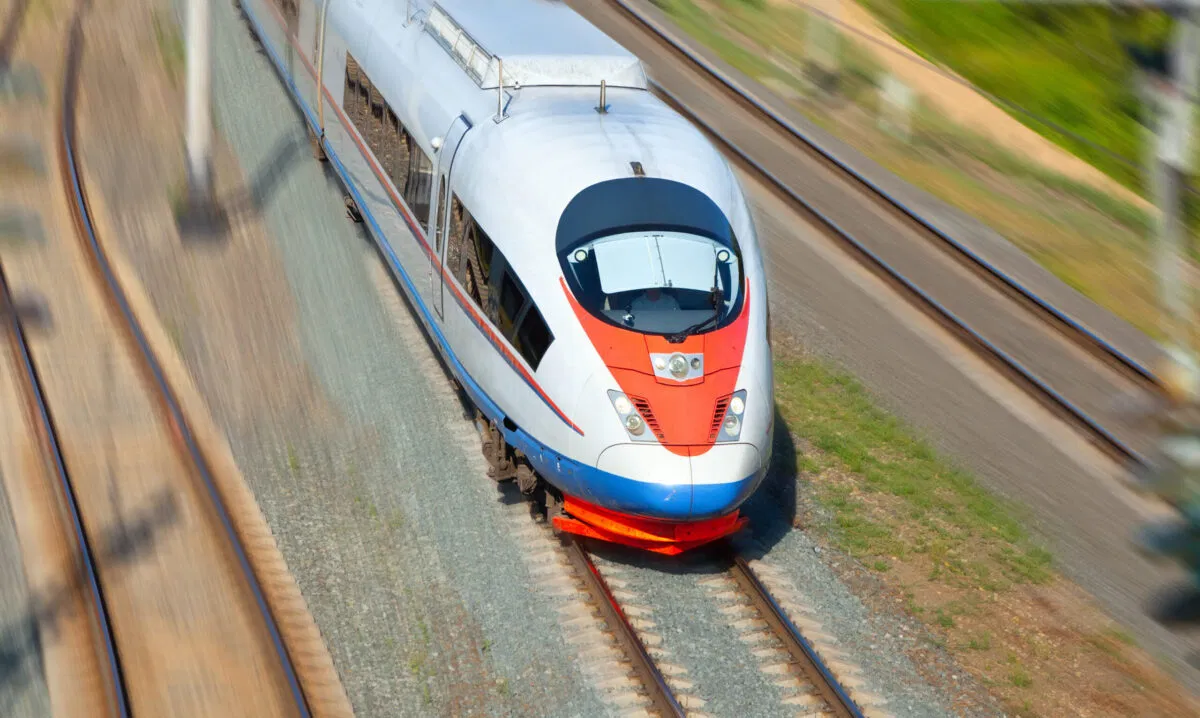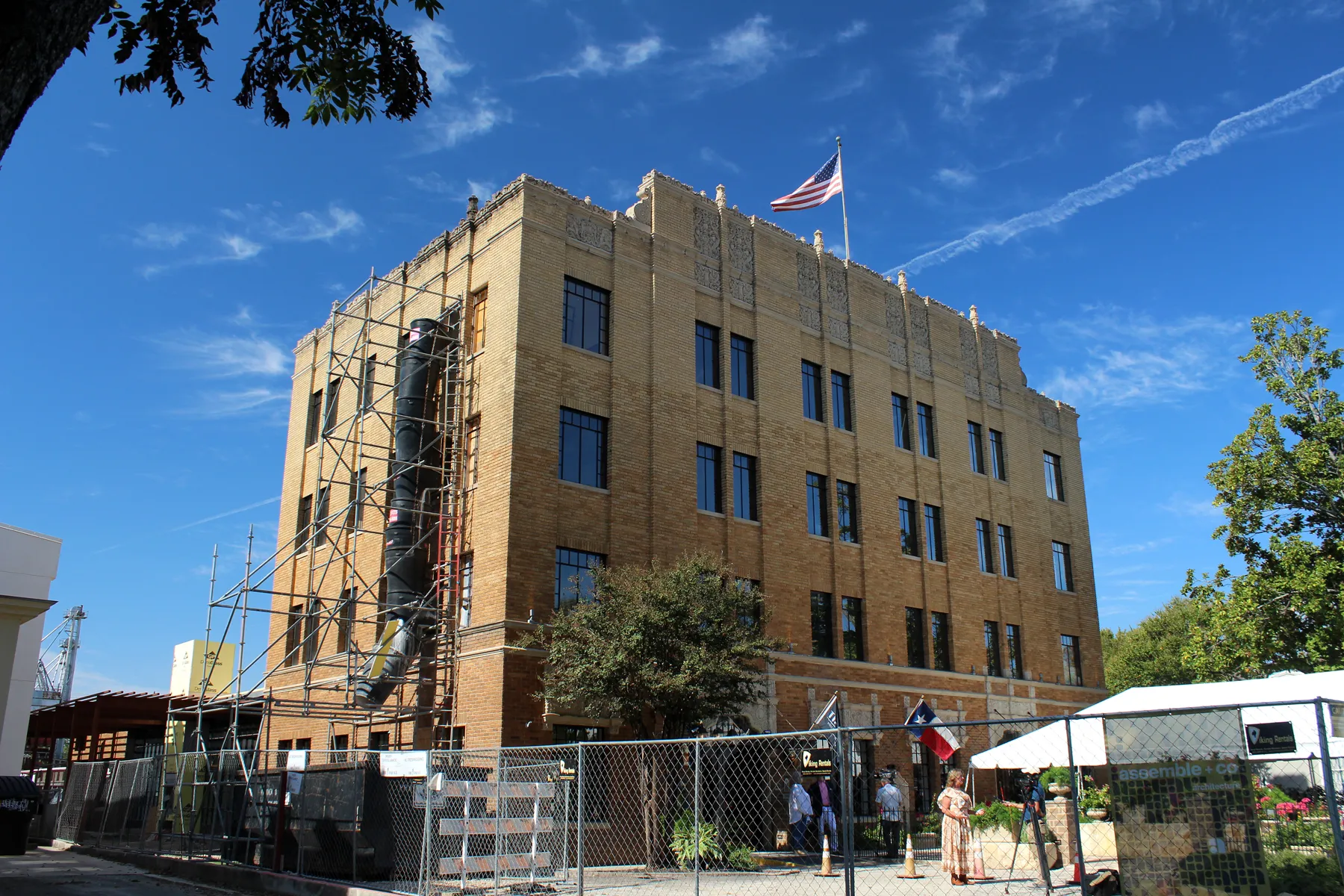Copyright euroweeklynews

The European Commission has officially adopted a monumental implementing decision to fast-track the high-speed rail link between Madrid and Lisbon and so unlocks nearly €1 billion in EU funding to transform cross-border travel on the Iberian Peninsula. The unanimous agreement, backed by Spain, Portugal, and all EU member states, designates the 650 km corridor as a priority TEN-T project, paving (or railing) the way for fast, smooth-flowing, and more sustainable connectivity between two of Europe’s most western capitals. The impetus for the project is part of a drive to connect East and West Europe with high-speed travel connections, and potentially freight. €985 million already set aside from EU funds To date, the EU has committed €985 million through the Connecting Europe Facility (CEF) and European Regional Development Fund (ERDF) to cover critical infrastructure upgrades: €235 million for the Evora-Elvas high-speed section in Portugal (120 km), including track, electrification, and essential signalling. €750 million for Spain’s Madrid-Extremadura line (300+ km), with €265 million specifically for the Plasencia-Caceres-Badajoz segment. The funding, already signed off, represents 20 to 25 per cent of completed phase costs, with national governments due to cover the remainder. Additional grants from the Recovery and Resilience Facility (RRF) and future CEF budgets are expected to push total EU support toward the €1.5 to 2 billion mark. “This is a remarkable example of high-speed connectivity in action,” said EU Transport Commissioner Apostolos Tzitzikostas. “We’re replacing 40 daily flights with clean, efficient rail – cutting emissions by up to 90 per cent.” Breaking down borders: Gauge, voltage, and speed The project tackles long-standing technical barriers: Track gauge alignment (Iberian 1668 mm vs. EU standard 1435 mm) is under review in a 2027 feasibility study. Full ERTMS signalling rollout for interoperability. Electrification and 300 km/h design speeds on upgraded lines. Construction is already advancing: Portugal’s Evora-Elvas line on track for 2026 completion. Spain’s Plasencia-Talayuela section is due by 2028. Poceirão-Bombel upgrades targeted for 2030. A giant leap for travel and trade Currently, train travel between Madrid and Lisbon takes over 9 hours with no direct service, something left over from the old and discontinued Trenhotel Lusitania. The new corridor will seriously cut journey times, increase tourism, and ease pressure on congested motorways and airports. There is even potential for freight. Atlantic Corridor Coordinator François Bausch called it “a model of cross-border collaboration”, while travel advocates push for interim direct services as early as 2027 via Badajoz (estimated ~3 hours). Full high-speed operations, with travel times reduced to just three hours, are targeted for 2030, making the completion of a decades-long vision for a truly connected Europe.



